Responses To The Environment
Animal Behavior
- Behavior is everything an animal does and how it does it. Behavioral has both proximate and ultimate causes.
- Proximate questions are concerned with the environmental stimuli that trigger a behavior, as well as the genetic, physiological, and anatomical mechanisms underlying it.
- Proximate questions are referred to as “how?” questions.
- Proximate mechanisms produce behaviors that evolved because they increase fitness in some way.
- Ultimate questions address the evolutionary significance of a behavior and why natural selection favors this behavior. Ultimate questions are referred to as “why?” questions.
- Proximate questions are concerned with the environmental stimuli that trigger a behavior, as well as the genetic, physiological, and anatomical mechanisms underlying it.
==============================================================================
-
- Innate Behavior
- Some behaviors are inherited actions that are performed effectively the first time without being taught. These types of behaviors are called innate behaviors.
- Instinct: The same behavior by all members regardless where they are.
- Fixed action pattern: set of actions (behaviors) in sequence.
- Some behaviors are inherited actions that are performed effectively the first time without being taught. These types of behaviors are called innate behaviors.
- Innate Behavior
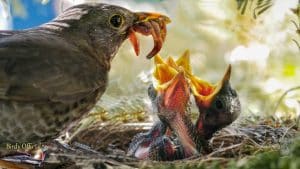
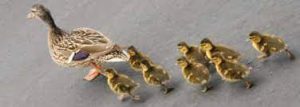
-
- Learned behavior: When behaviors are modified by experience, it is called learning.
-
-
- Habituation:
- Decrease or stop a response to a repetitive harmless stimulus.
- Habituation:
-
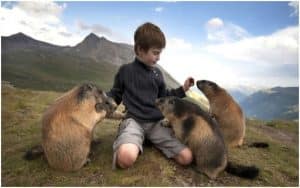
-
-
- Operant Conditioning:
- response to a Reward.
- Operant Conditioning:
-

-
-
- Classical conditioning:
- Response to a Routine
- Classical conditioning:
-

-
-
- Insight learning (Cognitive behavior):
- reasoning, solving problems, or making decisions.
- Insight learning (Cognitive behavior):
-
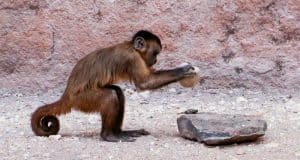
-
-
- Imprinting:
- Learning something and do it permanently.
- Imprinting:
-

- Feeding Behavior (Foraging Behavior):
- The optimal hypothesis is the idea that animals tend to behave in a way that maximizes food gathering, while minimizing effort and exposure to predators.
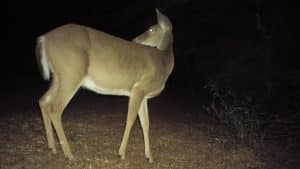
- Migrating Behaviors:
- Moving long distances seasonally in groups for reproducing and increase their survival chances.

- Ecological Behaviors (Competitive Behavior):
-
- Aggressive Behavior (Agonistic Behavior):
- Fight between animals.
- Aggressive Behavior (Agonistic Behavior):
-

-
-
- Territorial Behavior:
- A fight, or verbal, chemical signals to establish a territory for them.
- Territorial Behavior:
-
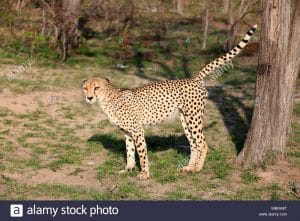
-
-
- Dominance Hierarchies:
- Fight to specify who is the higher ranked animal. (The Alpha).
- Dominance Hierarchies:
-

- Social behavior can be defined as any kind of interaction between two or more animals, usually of the same species..
- Cooperation or Social groups have evolved in the animal kingdom because there are benefits to living in a group. These benefits can include protection from predators and more success in foraging. Like lions hunting in a group.
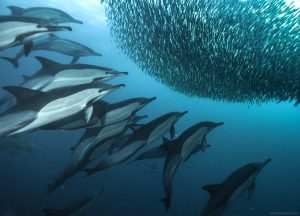
-
- Altruism: When one member of a social group acts in a way that benefits other members of the group while putting the individual at a disadvantage, this type of behavior is called.

- Biological Rhythms:
- Circadian rhythm (Sleep – Wake Cycle)

- Communication Behaviors:
- Pheromones:
- Chemicals for specific species for information or signaling.
- Pheromones:
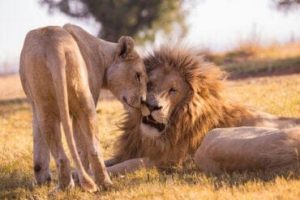
-
- Auditory communication:
- Barks, Chirps, hoots,….
- Faster than chemicals.
- as if they have their own language.
- Auditory communication:

- Courting and nurturing behaviors
- Courting Behavior:
- any ritual for attracting a mate visually
- Courting Behavior:

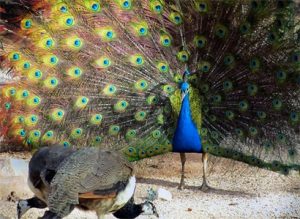
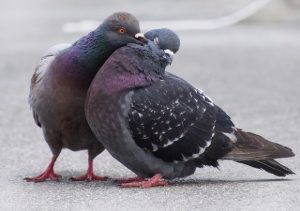
-
- Nurturing behavior:
- parental care and providing food and protection.
- Nurturing behavior:
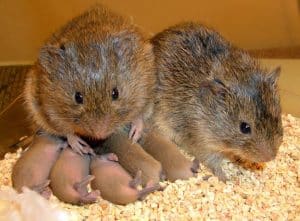
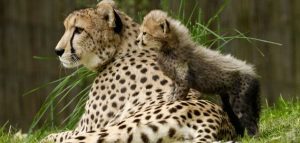
- Mimicry:
- is when the animal’s appearance is resembling a dangerous species to make it hard for predators to catch it.

